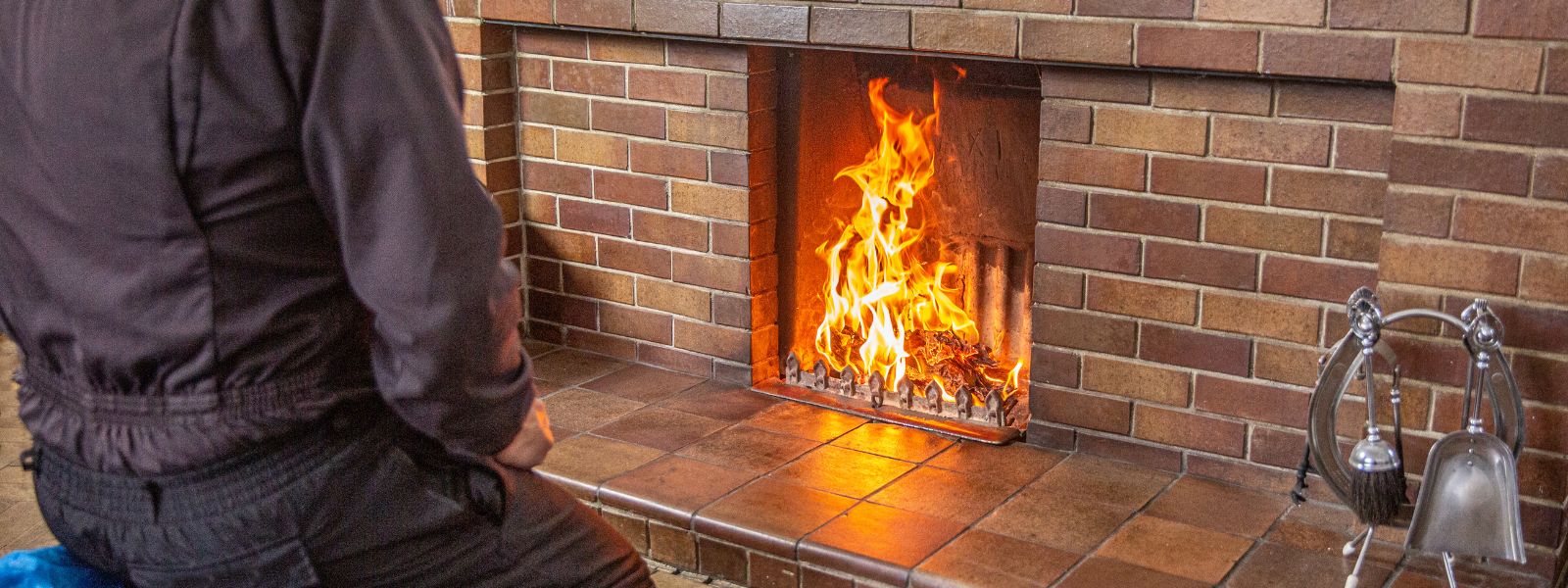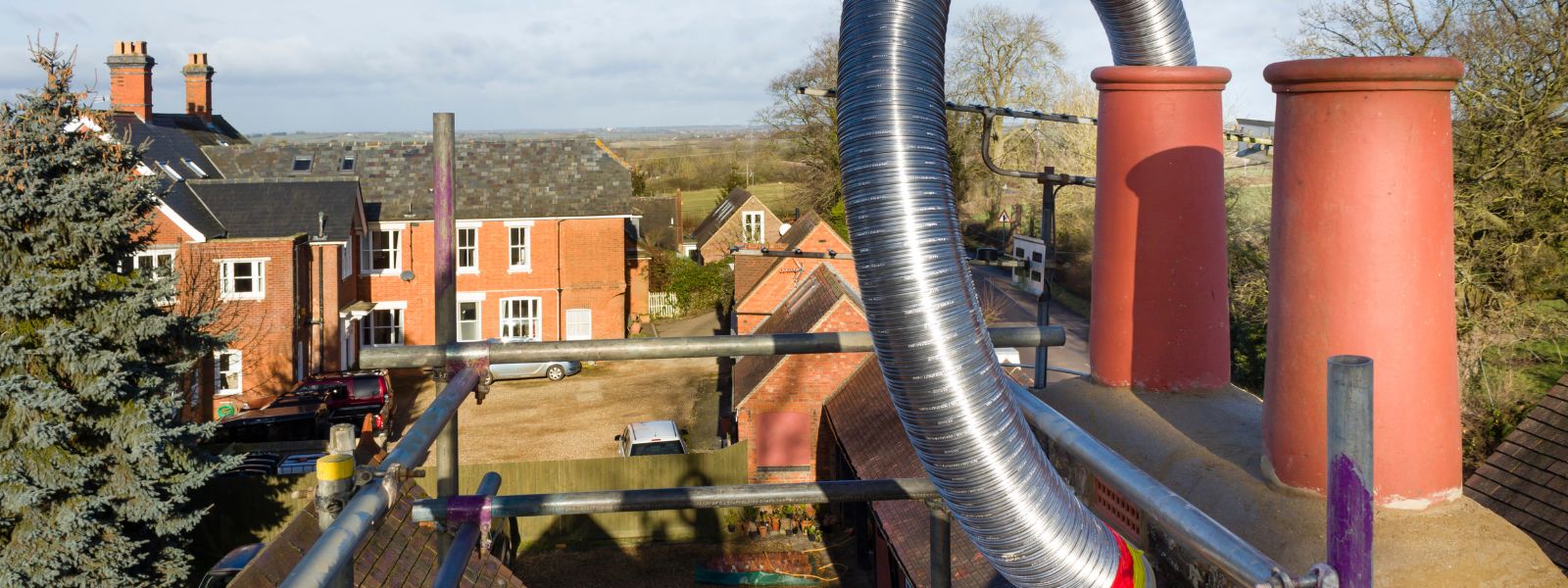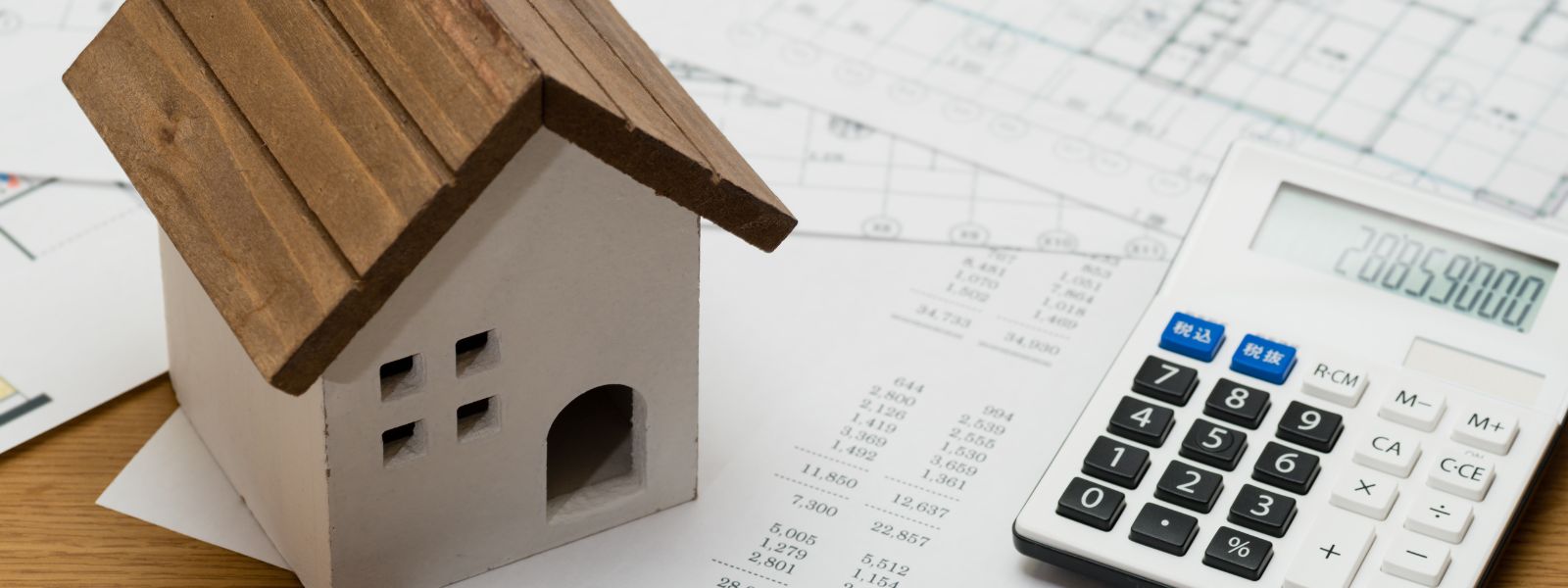The Ultimate Guide to Buying a Home With a Chimney: Your Essential Tips and Insights

Introduction
Are you in the market for a new home? If so, you may have your eye on a property with a chimney. Charming and comforting, a home with a chimney can provide warmth and ambiance during the cold winter months. However, before you make a final decision, it’s essential to be well-informed about the various aspects of buying a home with a chimney.
In this ultimate guide, we will provide you with all the essential tips and insights you need to make an informed decision. From understanding the different types of chimneys to knowing how to inspect them for safety, we will cover every aspect to ensure you have a seamless experience.
Whether you’re a first-time homebuyer or a seasoned homeowner looking to invest in a property with a chimney, our guide will equip you with the knowledge to make an informed decision. So, if you’re ready to embark on this exciting journey, keep reading to discover everything you need to know before buying a home with a chimney.
The Importance of Chimney Inspections
When considering buying a home with a chimney, one of the first things you should prioritize is a thorough chimney inspection. Chimney inspections are crucial for ensuring the safety and functionality of the chimney system. A professional inspection will identify any potential issues, such as cracks, blockages, or structural damage, which can be costly to repair if left unaddressed.
There are three levels of chimney inspections: Level 1, Level 2, and Level 3. A Level 1 inspection is the most basic and is recommended for regular maintenance and when no significant changes have been made to the chimney system. A Level 2 inspection is more comprehensive and is required when there have been changes to the system, such as installing a new appliance or after a chimney fire. Level 3 inspections are the most extensive and are necessary when there is suspected hidden damage or structural issues.
Hiring a certified chimney inspector is essential to ensure a proper and thorough examination of the chimney. They will assess the condition of the chimney liner, check for proper ventilation, inspect the chimney crown and cap, and examine the flue and chimney structure. Additionally, they will also inspect the fireplace, checking for any signs of damage or issues with the hearth, damper, and chimney flashing. A chimney inspection will provide you with peace of mind and help you make an informed decision before purchasing a home with a chimney.
Understanding Different Chimney Types and Materials
Chimneys come in various types and materials, each with its own advantages and considerations. Understanding the different chimney types and materials will help you assess the suitability of a chimney for your home and ensure you choose the right one for your needs.
Masonry Chimneys: Masonry chimneys are the most common type and are constructed using bricks or stones. They are known for their durability and aesthetic appeal. However, they require regular maintenance to prevent water damage and deterioration. Masonry chimneys are suitable for wood-burning fireplaces, gas fireplaces, and some pellet stoves.
Prefabricated Chimneys: Also known as factory-built chimneys, prefabricated chimneys are made of metal and are pre-fabricated in a factory before being installed in the home. They are lighter and more affordable compared to masonry chimneys. Prefabricated chimneys are designed for specific appliances and have clearances and installation requirements that must be followed for safety and proper functioning.
Ventless/Gel Chimneys: Ventless or gel fireplaces are a modern alternative to traditional chimneys. They use natural gas or gel fuel to create flames and heat without the need for a chimney or venting system. While they offer convenience and flexibility, they may not be suitable for all homes due to safety concerns and local regulations.
Electric Fireplaces: Electric fireplaces are another chimney-less option that provides warmth and ambiance. They are easy to install and require minimal maintenance. Electric fireplaces use electricity to generate heat and often come with additional features like adjustable flame settings and remote controls.
It’s crucial to consider your heating preferences, budget, and local regulations when choosing the right chimney type and material for your home. Consulting with a chimney professional can help you determine the best option based on your specific needs.
Factors to Consider When Buying a Home with a Chimney
Buying a home with a chimney involves more than just the aesthetic appeal. There are several factors to consider to ensure the chimney is safe, functional, and compatible with your lifestyle. Here are some key considerations when evaluating a property with a chimney:
Age and Maintenance History: Determine the age of the chimney and inquire about its maintenance history. A well-maintained chimney is more likely to be in good condition and require fewer repairs.
Proper Ventilation: Check if the chimney has proper ventilation to ensure the safe removal of smoke, gases, and other byproducts. Inadequate ventilation can lead to health hazards and poor indoor air quality.
Structural Integrity: Inspect the overall condition of the chimney structure. Look for signs of cracks, leaning, crumbling mortar, or loose bricks. These issues may indicate structural problems that need immediate attention.
Chimney Cap and Crown: Examine the chimney cap and crown for any damage or missing parts. A chimney cap prevents water, debris, and animals from entering the chimney, while the crown protects the top of the chimney from water damage.
Chimney Liner: Assess the condition of the chimney liner. The liner protects the chimney walls from heat and corrosion. If the liner is damaged or missing, it can pose a safety risk and may require repairs or replacement.
Considering these factors will give you a better understanding of the condition and suitability of the chimney in the home you are considering purchasing. It’s always a good idea to consult with a professional chimney inspector to ensure a thorough evaluation.
Common chimney issues and how to spot them
Chimneys, like any other part of a house, can experience issues that may require repairs or maintenance. It’s crucial to be aware of these common chimney problems and know how to spot them before purchasing a home.
One common issue is chimney leaks. Leaks can occur due to damaged flashing, cracked chimney crowns, or deteriorated mortar joints. To spot a leak, look for water stains on the ceiling or walls near the chimney. Additionally, a musty smell or visible mold growth may indicate water infiltration. It’s important to address leaks promptly to avoid further damage to the chimney and the rest of the house. Hiring a professional chimney inspector can help identify the source of the leak and recommend the necessary repairs.
Another common problem is chimney obstructions. Over time, debris such as leaves, twigs, or even animal nests can accumulate in the chimney. These obstructions can hinder proper ventilation and increase the risk of a chimney fire. When inspecting a chimney, check for signs of obstruction, such as excessive smoke or a strong, unpleasant odor coming from the fireplace. A professional chimney sweep can remove any obstructions and ensure the chimney is clear and safe to use.
Additionally, chimney deterioration is a concern. Chimneys are exposed to harsh weather conditions, which can cause bricks, mortar, or the chimney liner to deteriorate. Signs of deterioration include loose or missing bricks, crumbling mortar, or pieces of the chimney falling off. It’s essential to address chimney deterioration promptly to prevent further damage and potential safety hazards. A professional chimney repair specialist can assess the extent of the damage and recommend the necessary repairs or replacements.
Understanding these common chimney issues and knowing how to spot them will help you make an informed decision when buying a home with a chimney. By identifying potential problems early on, you can negotiate repairs or factor in the cost of chimney maintenance into your budget.
Costs associated with chimney maintenance and repairs
Before purchasing a home with a chimney, it’s important to consider the costs associated with chimney maintenance and repairs. While chimneys can provide warmth and comfort, they also require regular upkeep to ensure they function properly and safely.
Routine chimney maintenance, such as annual inspections and cleanings, is crucial to identify and address any potential issues. The cost of a chimney inspection can range from $100 to $300, depending on the location and the complexity of the chimney system. During an inspection, a professional will assess the overall condition of the chimney, check for any signs of damage or deterioration, and clean out any soot or debris.
If repairs are necessary, the costs can vary significantly depending on the extent of the damage and the type of repair required. For example, repairing a chimney crown may cost between $300 and $1,500, while relining a chimney can range from $2,500 to $7,500. It’s important to obtain multiple quotes from reputable chimney repair companies to ensure you’re getting a fair price for the required work.
In addition to routine maintenance and repairs, it’s also essential to consider the cost of chimney cleaning. The frequency of cleaning depends on how often the chimney is used, but it’s generally recommended to have it cleaned at least once a year. The cost of chimney cleaning can range from $100 to $350, depending on the location and the complexity of the chimney system.
By understanding the costs associated with chimney maintenance and repairs, you can budget accordingly and ensure you’re financially prepared to own a home with a chimney. It’s important to factor in these costs when considering the overall affordability of the property you intend to purchase.
Chimney safety tips for homeowners
Owning a home with a chimney comes with the responsibility of ensuring its safety. By following these chimney safety tips, you can minimize the risk of accidents and enjoy the warmth and comfort of your fireplace with peace of mind.
First and foremost, it’s crucial to have your chimney inspected and cleaned regularly. Annual inspections can help identify any potential issues before they become major problems. A professional chimney sweep will remove any creosote buildup, which is highly flammable and can cause chimney fires. They will also check for any structural issues or obstructions that may hinder proper ventilation.
In addition to regular inspections, it’s important to practice safe burning habits. Avoid burning wet or unseasoned wood, as it can produce excessive smoke and lead to the buildup of creosote in the chimney. Use only dry, well-seasoned wood that has been properly stored for at least six months. This will ensure efficient burning and reduce the risk of chimney fires.
Furthermore, it’s essential to use a sturdy fireplace screen or glass door to prevent sparks from flying out and potentially causing a fire. Always supervise the fire and never leave it unattended. Keep flammable materials, such as furniture or curtains, at a safe distance from the fireplace.
Lastly, make sure to install carbon monoxide detectors near the fireplace and throughout your home. Carbon monoxide is a colorless and odorless gas that can be produced by faulty chimneys or appliances. Detectors will alert you if dangerous levels of carbon monoxide are present, allowing you to take immediate action and protect your family.
By following these chimney safety tips, you can enjoy the warmth and ambiance of your fireplace while ensuring the safety of your home and loved ones.
Conclusion and final thoughts
Buying a home with a chimney can be an exciting and rewarding experience. Not only does a chimney provide warmth and comfort, but it also adds charm and character to a property. However, it’s essential to be well-informed about the various aspects of owning a home with a chimney to ensure a seamless and enjoyable experience.
In this ultimate guide, we covered common chimney issues and how to spot them, the costs associated with chimney maintenance and repairs, and essential chimney safety tips for homeowners. By understanding these aspects, you can make an informed decision and be prepared for the responsibilities that come with owning a home with a chimney.
Remember to have the chimney inspected regularly, budget for routine maintenance and repairs, and practice safe burning habits. By following these guidelines, you can enjoy the beauty and functionality of your chimney while ensuring the safety and comfort of your home.
So, whether you’re a first-time homebuyer or a seasoned homeowner, take these essential tips and insights into consideration before buying a home with a chimney. With the right knowledge and preparation, you can find the perfect home that will provide warmth and charm for years to come.



